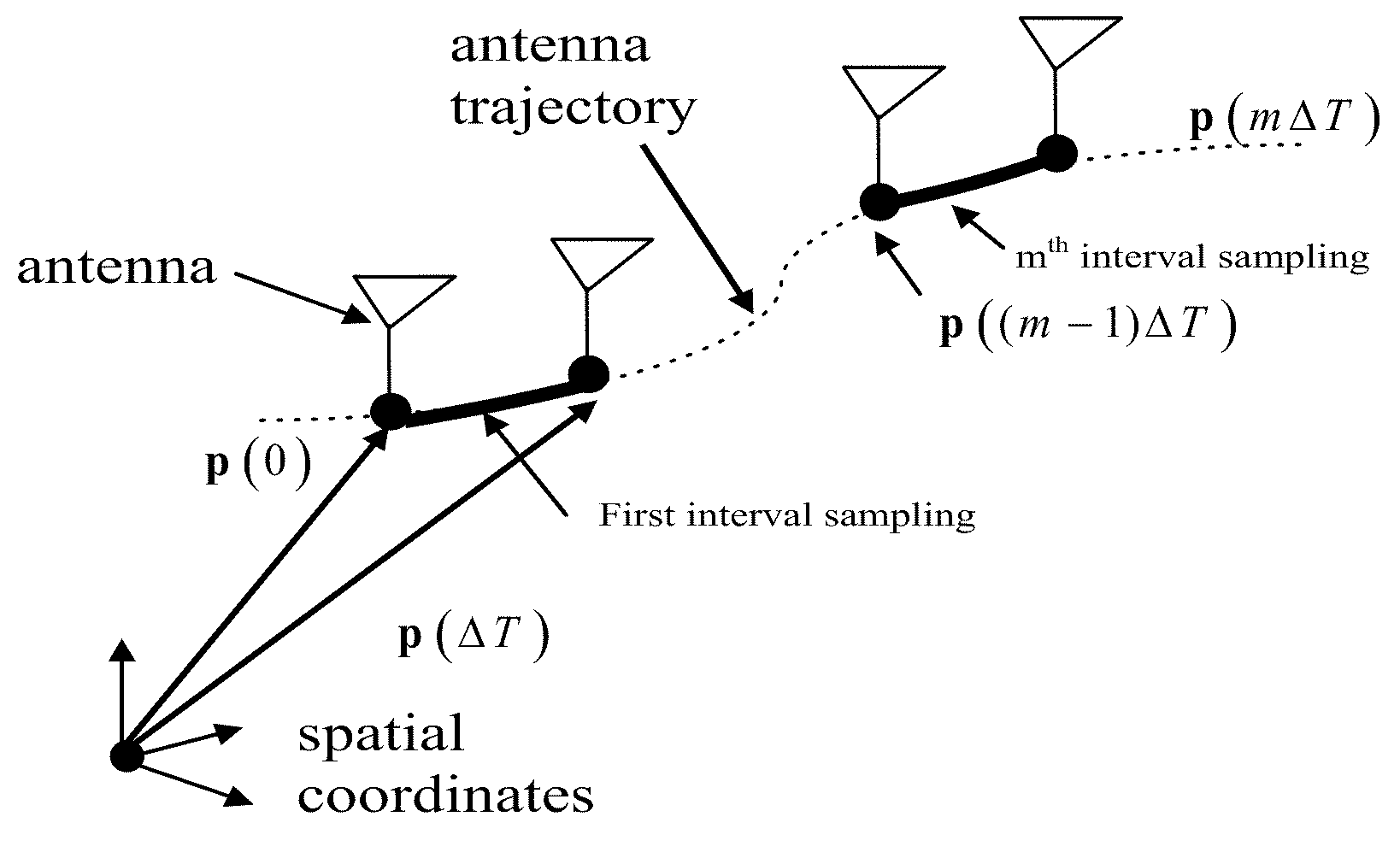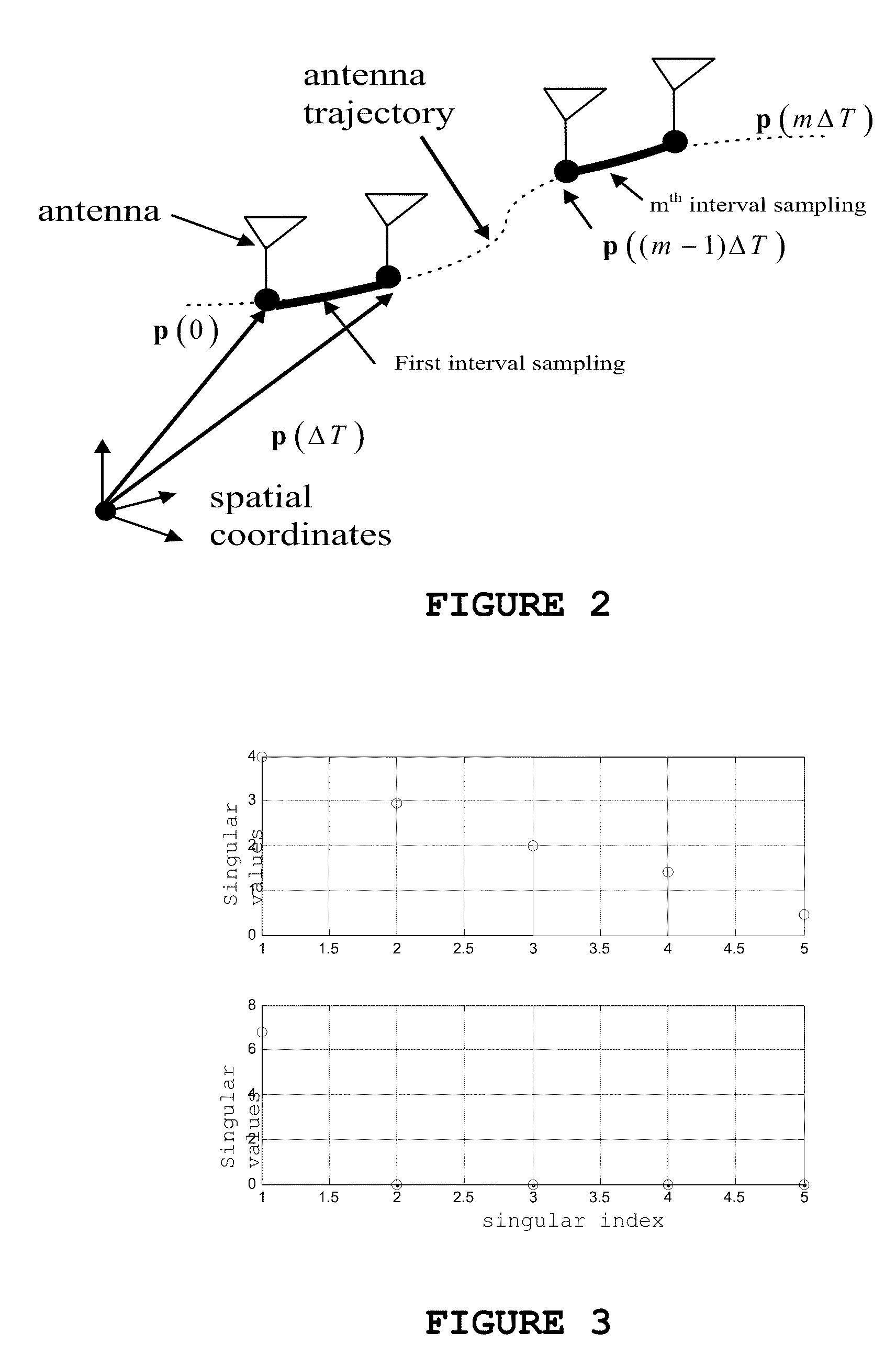Method and system for detecting GNSS spoofing signals
a technology of global navigation satellite system and detection method, applied in direction finders, radio wave direction/deviation determination systems, instruments, etc., can solve the problems of sv weakness, spoofing poses a significant threat to gnss receivers, and gnss signals
- Summary
- Abstract
- Description
- Claims
- Application Information
AI Technical Summary
Problems solved by technology
Method used
Image
Examples
Embodiment Construction
[0051]It should be noted that, throughout this document, the term “spoofing” refers to the act or attempt to mislead receivers into using non-genuine GNSS signals originating from inauthentic sources instead of genuine GNSS signals originating from SVs. “Spoofer” refers to the transmitters that transmit these inauthentically sourced signals. An inauthentic source, in this document, refers to an illegitimate or unintended signal source which transmits untrue GNSS signals that may be received by GNSS receivers and which may mislead such GNSS receivers as to the true mapping solution. An inauthentic source would transmit inauthentic GNSS signals as opposed to an authentic source (e.g. a GNSS SV) which provides authentic GNSS signals.
[0052]Consider the GNSS handset receiver shown in FIG. 1 consisting of a single antenna that is spatially translated in time along an arbitrary trajectory as the signal is processed by the GNSS receiver. It is assumed here that the receiver despreads the re...
PUM
 Login to View More
Login to View More Abstract
Description
Claims
Application Information
 Login to View More
Login to View More - R&D
- Intellectual Property
- Life Sciences
- Materials
- Tech Scout
- Unparalleled Data Quality
- Higher Quality Content
- 60% Fewer Hallucinations
Browse by: Latest US Patents, China's latest patents, Technical Efficacy Thesaurus, Application Domain, Technology Topic, Popular Technical Reports.
© 2025 PatSnap. All rights reserved.Legal|Privacy policy|Modern Slavery Act Transparency Statement|Sitemap|About US| Contact US: help@patsnap.com



